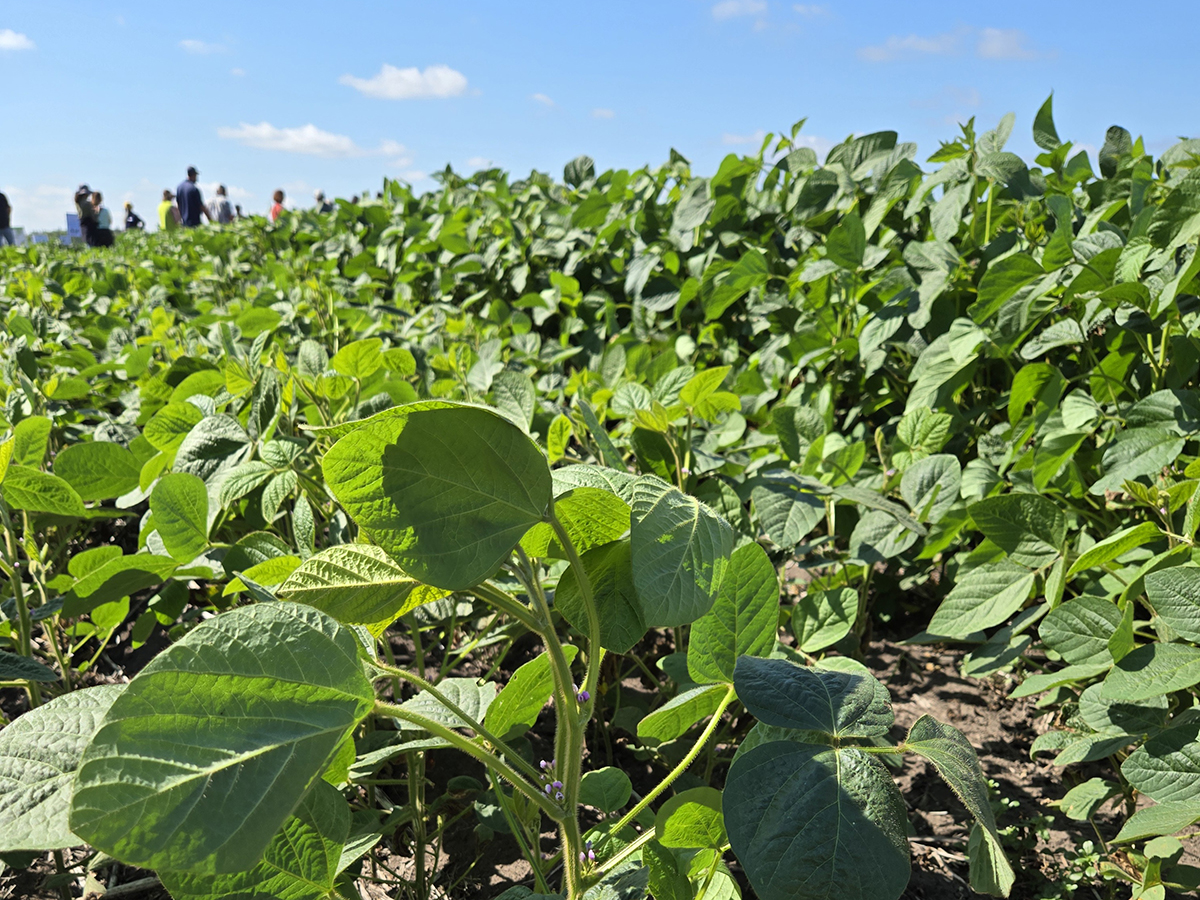The distant sound of cannon-fire from the battleground of the world’s agricultural markets determines who wins the war to save native prairie soils.
In recent years the victories of grain prices over livestock profits have meant that Western Canada’s remnants of native prairie have been fighting a losing battle.
But organizations like the Manitoba Habitat Heritage Corporation have been fighting rearguard actions, and winning some encounters.
“When you get into this economic situation, the temptation is to undertake more land conversions,” said MHHC chief executive officer Tim Sopuck about the danger of high crop prices and low livestock prices.
Read Also

Spider mites big soybean problem this season
Spider mite issues have been geographically limited but significant where they occur, said John Gavloski, an entomologist with Manitoba Agriculture.
“I wouldn’t ever suggest guys don’t care about the consequences, but producers have to be driven by the bottom line. Right now the economics are far more on the side of grain production than livestock production. That’s the reality farmers face.”
Across the Prairies, conservation groups like the MHHC use agreements such as voluntary easements with local producers and municipalities to protect vulnerable prairie and pasture from being broken. Sopuck estimated 15 to 20 percent of the easements his organization has arranged have protected native prairie land.
Some people might be surprised that there’s much native prairie left to protect after decades of farming, but many areas considered marginal or unprofitable for cropping in the last 130 years on the Prairies have been left to cattle production.
However, modern farming technology allows farmers to use lands that at one time would have simply blown away at the touch of a plow.
And expanding crops like potatoes are ideally suited for the thin, sandy soils that often lie beneath the native prairie patches that have been left alone.
That’s the situation of the 10,000 acre community pasture in Manitoba straddling the rural municipalities of Langford and Lansdowne. The land has been left for grazing since first settlement, but as the potato industry moves into the area, the sandy soils and rich aquifer have made it a potential target for development.
That’s why rural municipalities, government agencies like the PFRA’s successor and the MHHC joined to sign a conservation agreement on the pasture in late 2010.
With crop prices spiking high in the past few years, many crop farmers see a possibility of using vulnerable soils for crop production, and that’s why there is now a fight between the drive to open up more land and the desire to protect it.
Sopuck said the key to protecting vulnerable prairie soils is the cattle industry.
“The grazing livestock industry is why we still have native prairie left,” said Sopuck.
“If you have a healthy native prairie and decent livestock prices, livestock producers can make a decent return, and that protects prairie land.” Unfortunately, since the 2003 BSE crisis, many cattle producers have cut the size of their herds and sold land. That’s led to land being broken, including native prairie.
“There is a lot of anecdotal evidence that a lot of native prairie and pasture went under the plow as the herd got smaller in Manitoba in the last few years,” Sopuck said.
With high grain prices, there is still a threat to the remaining native soils.
But Sopuck added that the recent rise in cattle prices means the economic situation is not getting worse, so that might provide some relief.















